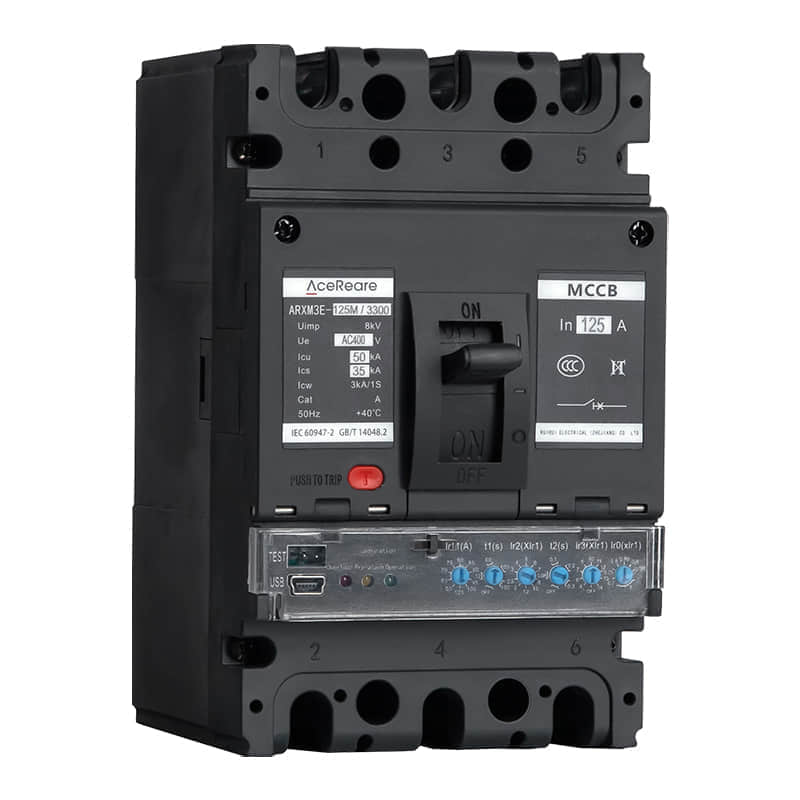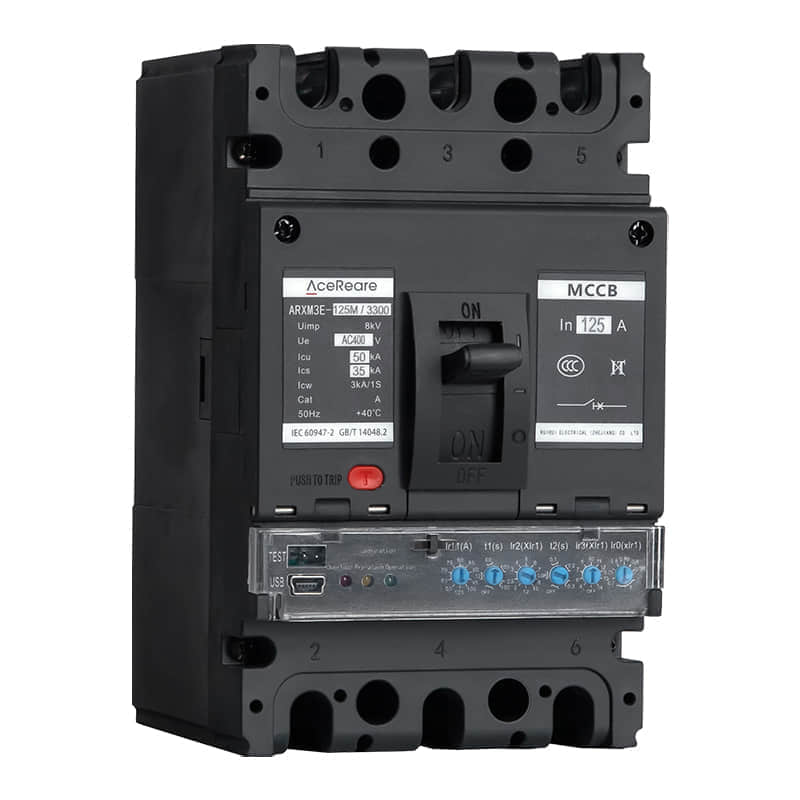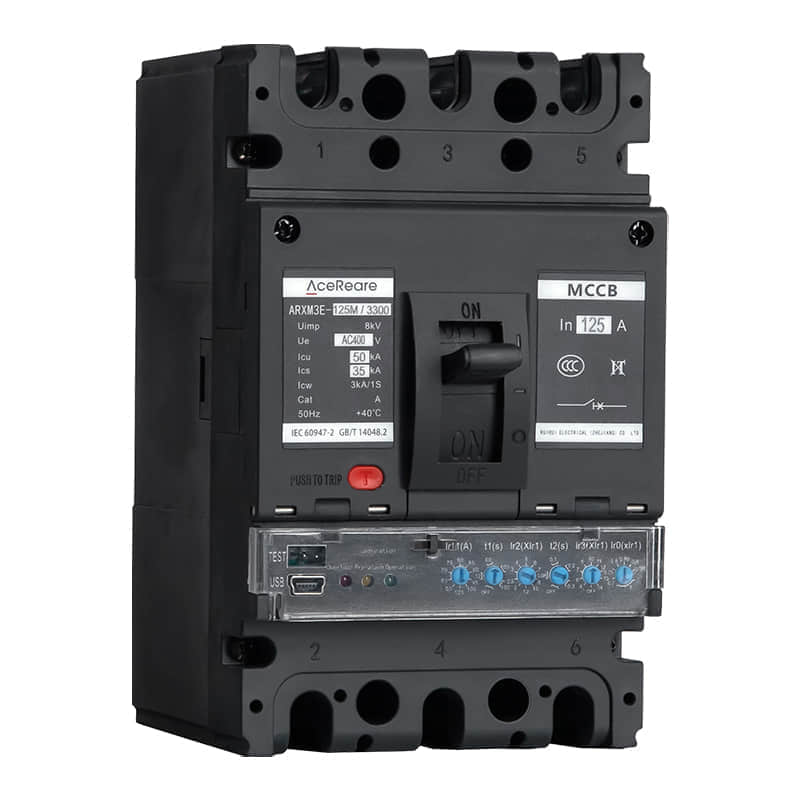In today’s rapidly evolving technological landscape, the role of electronic molded case circuit breakers (MCCBs) has become increasingly vital in ensuring the safety and efficiency of electrical systems. As demand for more advanced and intelligent solutions grows, manufacturers of MCCBs are at the forefront of innovation, developing products that not only protect electrical circuits but also offer enhanced monitoring, control, and adaptability. This article explores the key aspects of MCCB manufacturing and the innovative strides taken by manufacturers in this field.

Advancements in Design and Materials

Manufacturers of electronic MCCBs are consistently pushing the boundaries of design and material technologies. Traditional MCCBs were primarily mechanical in nature, focusing solely on interrupting the circuit during overloads and short circuits. However, modern MCCBs integrate electronic components and microprocessors, enabling them to perform a range of functions beyond the basic circuit protection. These include remote control, adjustable trip settings, and communication capabilities for integration into smart grids. To accommodate these enhancements, manufacturers are adopting new materials that offer both durability and improved thermal management. Advanced polymers and composite materials are being employed to create casings that can withstand higher temperatures, ensuring the MCCBs’ reliability in demanding environments. Digitalization and Smart Capabilities One of the most remarkable trends in MCCB manufacturing is the integration of digital technologies and smart capabilities. Manufacturers are equipping MCCBs with communication protocols like Modbus, Profibus, and Ethernet, enabling seamless integration into building management systems. This interconnectivity facilitates real-time monitoring, remote control, and data collection, empowering facility managers with the information needed to optimize energy usage and prevent downtime. Moreover, the incorporation of sensors within MCCBs allows for the collection of crucial operational data, such as current and temperature measurements. This data can be analyzed to predict potential failures and trigger maintenance actions, thus enhancing the reliability of electrical systems. Focus on Safety Safety remains paramount in MCCB design and manufacturing. Electronic MCCBs are equipped with advanced protection mechanisms that can swiftly detect abnormal conditions and respond by disconnecting the circuit. The integration of precise current and voltage sensors enables accurate monitoring, ensuring timely interruption in case of faults. Manufacturers are also implementing features such as arc fault detection, ground fault protection, and selective coordination. These features not only protect against electrical hazards but also aid in pinpointing the source of the fault, reducing downtime during troubleshooting. Environmental Considerations As the world places greater emphasis on sustainability, MCCB manufacturers are responding by adopting eco-friendly practices. This includes the reduction of hazardous materials, efficient energy usage during manufacturing, and designing products with a longer lifespan to minimize electronic waste. Some manufacturers are even exploring the use of recycled materials in MCCB production. Conclusion The realm of electronic molded case circuit breakers is undergoing a transformative phase, with manufacturers driving innovation at every level. From advanced designs and smart functionalities to heightened safety measures and environmental consciousness, these manufacturers are shaping the future of electrical protection and control. As technology continues to advance, we can expect even more sophisticated MCCBs that contribute to safer, more efficient, and more sustainable electrical systems.
